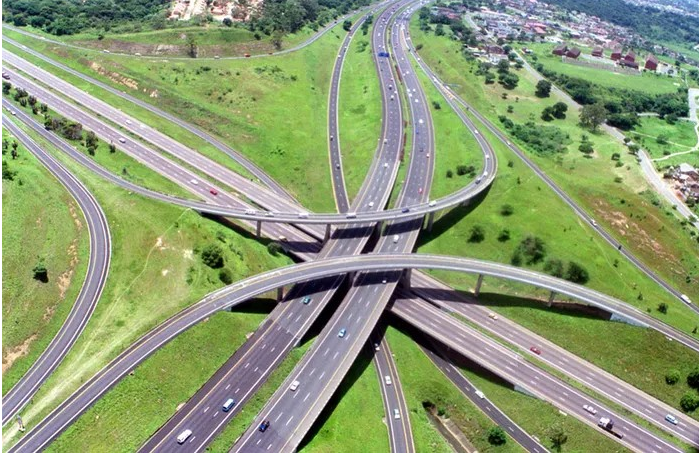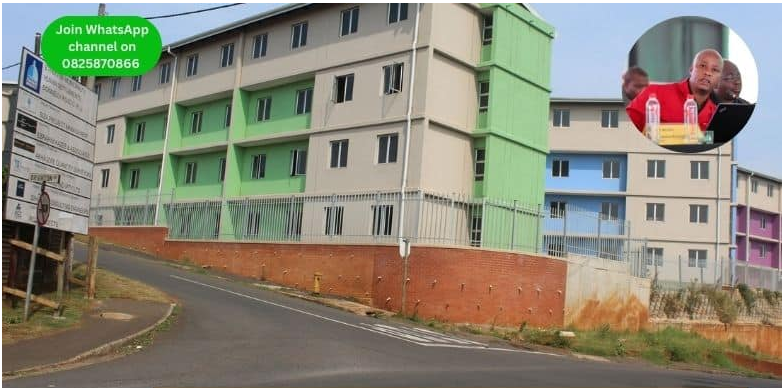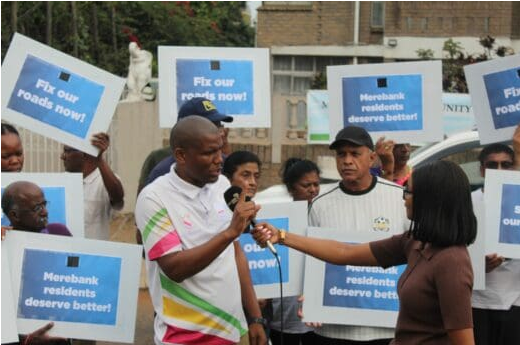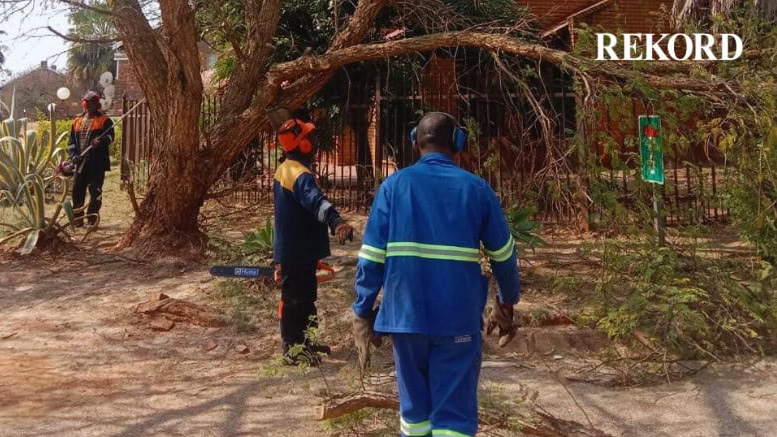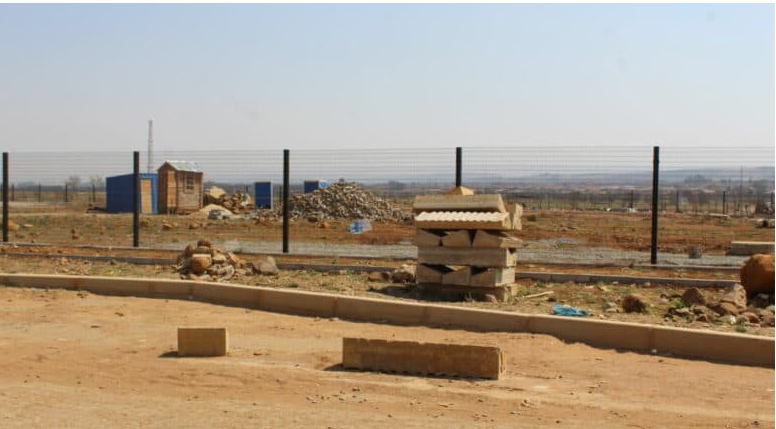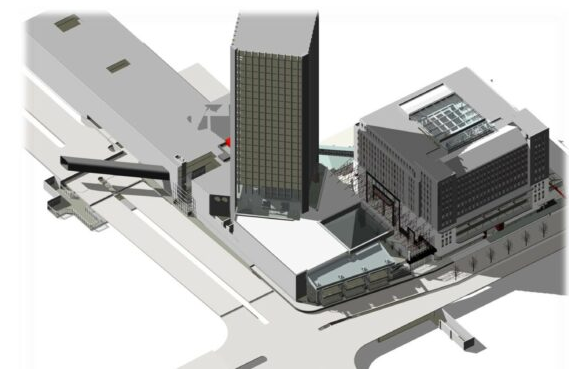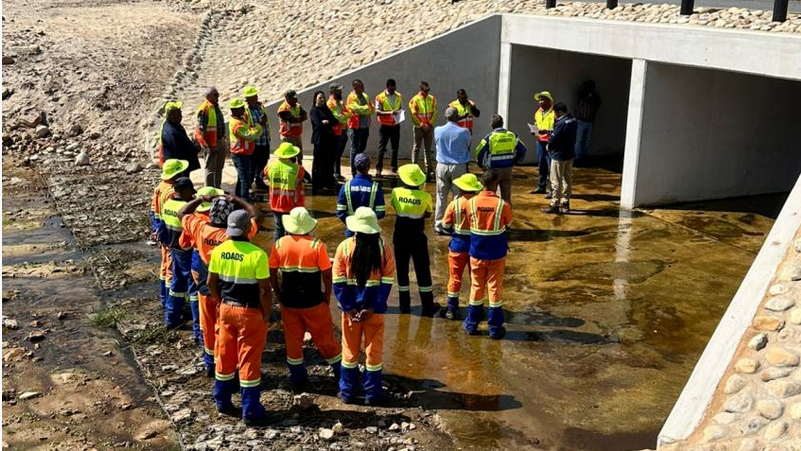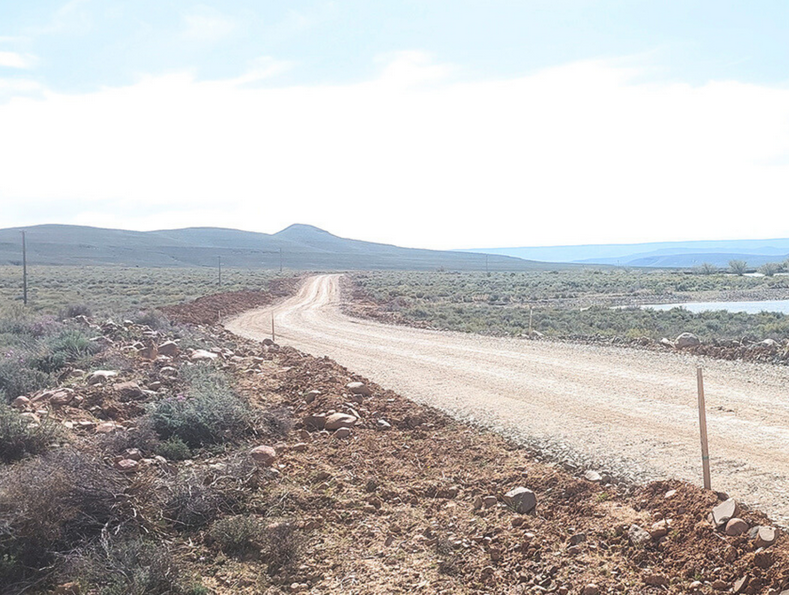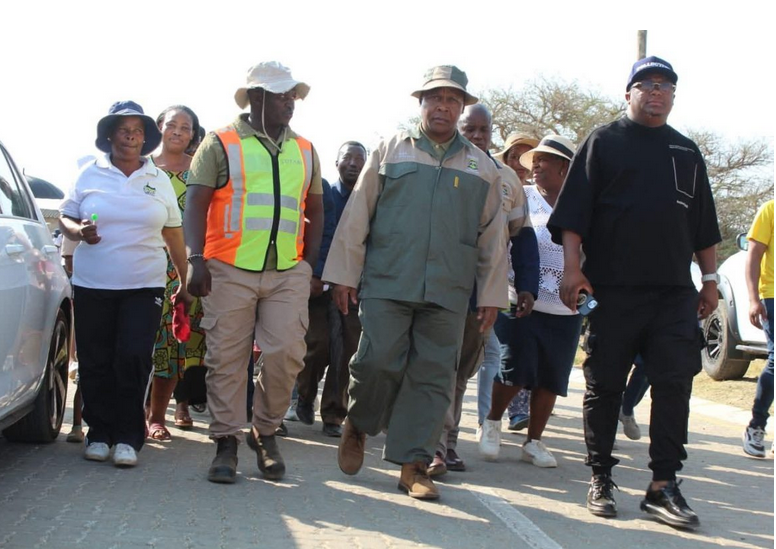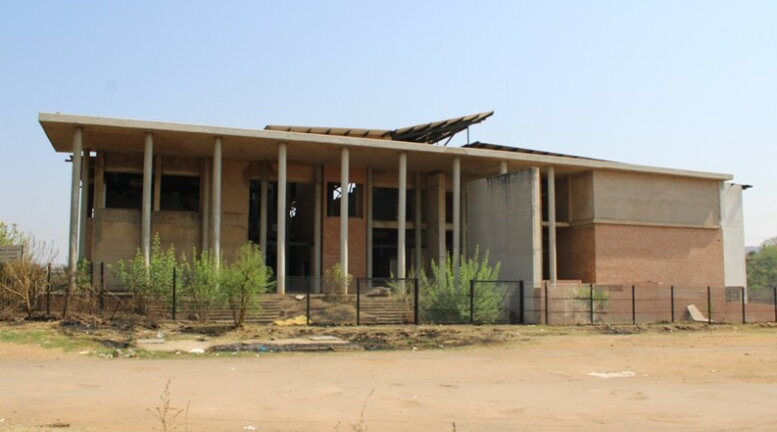Green architecture for new mall in Polokwane. South Africa to become the home of the world’s largest solar power
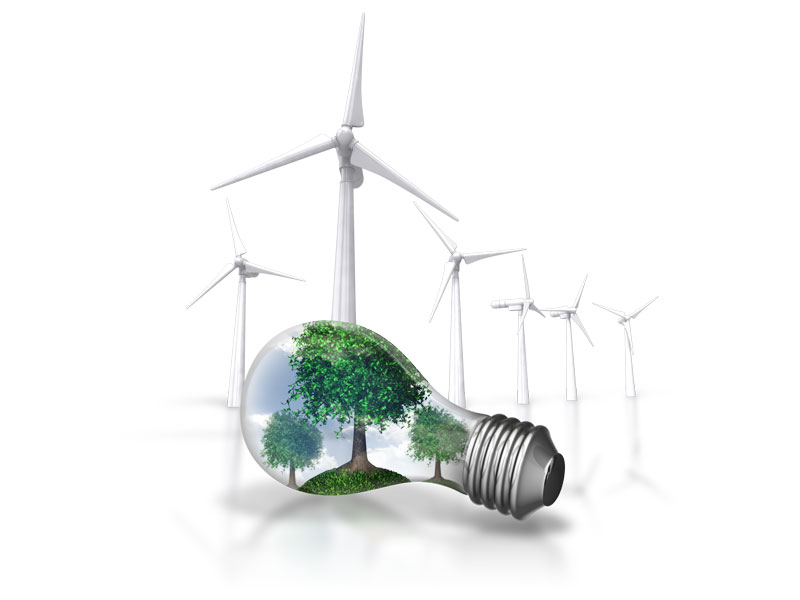
Advertising
15-07-2011
Read : 447 times
SAAEA
we are very proud of south africa as it takes giant strides into a greener future with two huge eco-friendly developments
as a proudly south african company our chests were swelling with pride as we follow the progress of two massive developments, the first is an eco-friendly mall in polokwane and the second, the world’s largest solar power plant. the solar park, although only in the planning phase will be a major improvement to south africa’s infrastructure as it produces its proposed 5gw of electricity, thereby reducing the need for coal powered energy generation.
with initiatives and developments such as these, the south african government is demonstrating their belief in alternative energy sources as being the key to sustaining and providing for south africa’s energy requirements into the future.
limpopo – mall of the north (http://www.mallofthenorth.co.za/contact.htm)
mall of the north’s commitment to energy efficiency, sustainability and the implementation of green strategies are evident in the 75 000sqm malls design, construction and future operational practises.
“as a developer, it is crucial to ensure that our future brick and mortar assets are environmentally responsible and as energy efficient as possible”, says patrick flanagan of flanagan & gerard.
“research by the international energy agency has revealed that by improving energy efficiency in our buildings, industrial processes and transportation alone, we have the potential to reduce the world’s energy needs in 2050 by one third, thus helping to control the global emissions of greenhouse gases.”
the practical application of the green strategies is evident in the architectural design of the building.
“mall of the north has incorporated careful building measures that have resulted in the reduction of heat loads, maximisation of natural light, the use of environmentally friendly, non-toxic materials and more”, notes pierre lahaye of mds architecture. “environmental, social and economic factors have all been taken into account in the implementation of these strategies.”
location is a key factor in the indirect carbon emissions resulting from the centre. situated on a main arterial road with close proximity to public transport nodes, the carbon footprint created by shoppers travelling to the centre will be dramatically decreased.
currently, the use of local labour and materials wherever possible is decreasing emissions during the construction phase. borehole water is also being used for building purposes, and soil erosion was prevented during the construction of the parking lot.
mall of the north’s design has incorporated insulation, white roofing, cavity walls and energy efficient glass to help to thermally regulate the building. on the western side of the building, which will receive the harshest rays of sun during the day, shading devices have been installed to cool the building. in the cooler months, the revolving doors at the entrances will ensure that the centre will not experience great amounts of heat loss.
the lifts have been designed to store kinetic energy, which will be used for regeneration in the event of a power failure. escalators will also have motion sensors, effectively running slower when not in use. solar geysers, gas systems, natural ventilation systems, metered taps and low flushing mechanisms in bathrooms will all contribute to the expected energy saving.
indigenous landscaping will be used throughout, leading to the conservation of water. various aloes that were rescued from the site prior to construction will also be re-planted.
natural light is another key factor in the design. the region experiences an abundance of natural light and this has been used to its maximum capacity throughout the centre. furthermore, energy efficient globes with circuit timers and solar and motion sensors will be used liberally. the controlled lighting will also reduce light pollution.
“mall of the north will be an environment that is welcoming to both shoppers and prospective employees, whilst still being a dynamic location and an iconic fixture in limpopo’s identity” says jannie moolman of the moolman group.
eager tenant participation and willingness in being energy conscious is also a vital denominator. “each tenant will be allocated a certain amount of power and will be held responsible for any irresponsible use of energy,” adds johann kriek of resilient. “the tenants will be expected to comply with the nersa requirements and this prerequisite has been welcomed by tenants, in particular the national retailers. this indicates a growing trend in the joint participation between tenant and landlord in being more ‘green’ conscious.”
the entire centre will be monitored by a bms (building management system), which comprises a central network that evaluates energy usage throughout the building.
mall of the north will bring with it 180 new retail outlets offering exceptional retail, banking and leisure, with anchor tenants including pick n pay, checkers, edgars, woolworths and game, as well as a ster kinekor cinema complex.
south africa is to unveil plans this week for what it claims will be the world’s biggest solar power plant – a radical step in a coal-dependent country where one in six people still lacks electricity.
the project, expected to cost up to 200bn rand (£18.42bn), would aim by the end of its first decade to achieve an annual output of five gigawatts (gw) of electricity – currently one-tenth of south africa‘s energy needs.
giant mirrors and solar panels would be spread across the northern cape province, which the government says is among the sunniest 3% of regions in the world with minimal cloud or rain.
the government hopes the solar park will help reduce carbon emissions from africa’s biggest economy, which is still more than 90% dependent on coal-fired power stations. in april, the world bank came in for sharp criticism from environmentalists for approving a $3.75bn (£2.37bn) loan to build one of the world’s largest coal-fired power plants in the country.
energy is already a high priority in south africa where, at the end of racial apartheid, less than 40% of households had electricity. over 16 years the governing african national congress has undertaken a huge national expansion, with a recent survey showing that 83% are now connected, but power outages are still not uncommon in both townships and middle-class suburbs.
an estimated 200 foreign and domestic investors will meet this week in upington, northern cape, with a view to funding the hugely ambitious solar project. a master plan will be set out by the us engineering and construction group fluor. this follows a viability study by the clinton climate initiative, which described south africa’s “solar resource” as among the best in the world.
jonathan de vries, the project manager, said today: “i’d hate to make a large claim but yes, this would be the biggest solar park in the world.”
de vries said the park, costing 150-200bn rand, would aim to be contributing to the national grid by the end of 2012. in the initial phase it would produce 1,000 megawatts, or 1gw, using a mix of the latest solar technologies.
an initial 9,000 hectares of state-owned land have been earmarked for the park, with further sites in the “solar corridor” being explored.
de vries, a special adviser to the energy minister, said the northern cape had been chosen for insolation readings (a measure of solar energy) that rank among the highest in the world. “it hardly ever rains, it hardly has clouds. it’s even better than the sahara desert because it doesn’t have sandstorms.”
the orange river would provide water for the facilities, he added, while existing power transmission lines would be closer than for similar projects such as in australia.
northern cape, which contains the historic diamond-rush town, kimberley, is south africa’s biggest province and one of its poorest. but it is hoped that the park would create a “solar hub” and regenerate the local economy with fresh opportunities in manufacturing.
south africa currently consumes 45-48gw of power per year. it is estimated this will double over the next 25 years. “in south africa over 90% of our power comes from the burning of coal and we need to reduce this because of our international obligations on climate change,” de vries said.
“if this proves to be cost competitive with coal and nuclear, the government will roll out more solar parks. this is a very bold attempt.”
he added: “solar power isn’t a panacea that will cure all but it’s a part of the solution, and a very important part. there are zones in the world that are ideally suited to it, often those with low population density.”
Recent News
Here are recent news articles from the Building and Construction Industry.
Have you signed up for your free copy yet?
